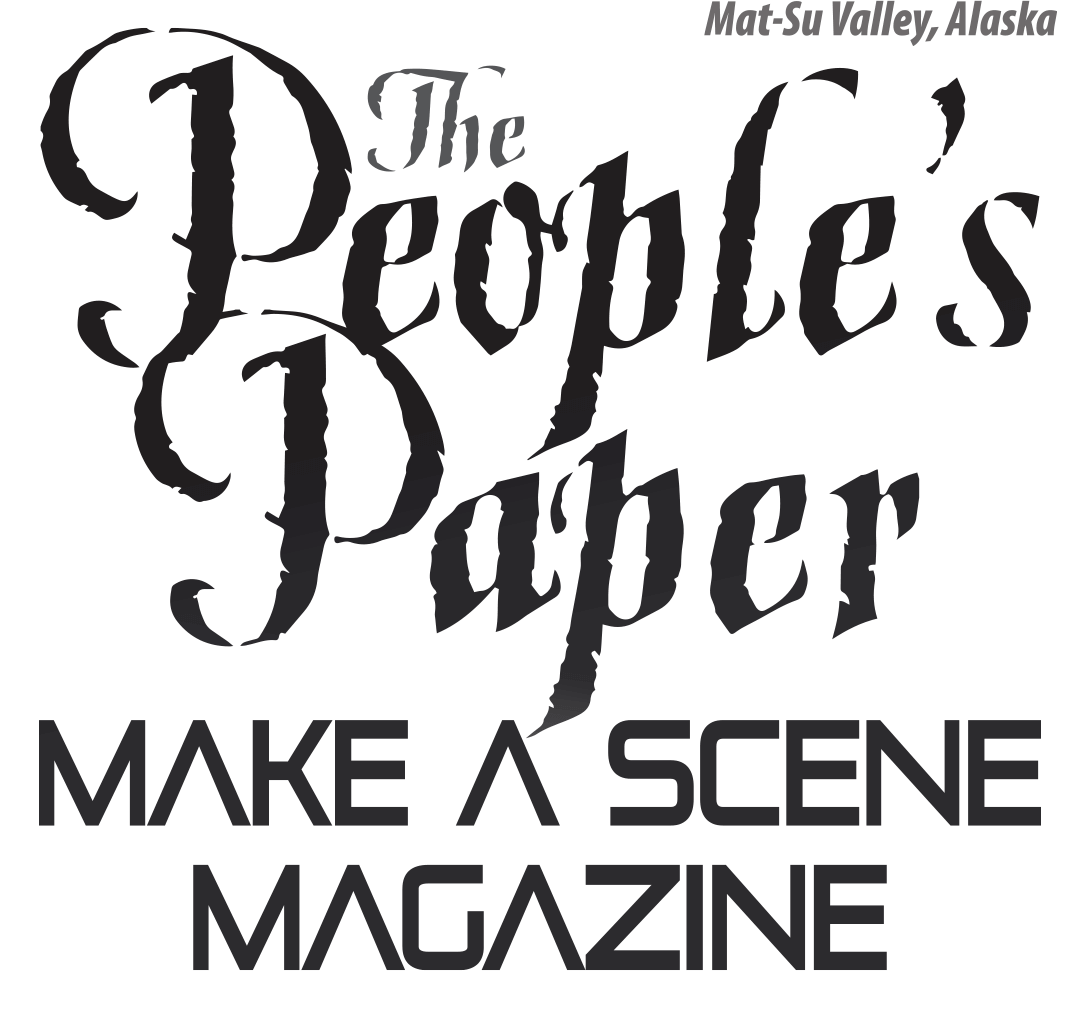Contributed by Doug Ferguson
Continuing this series of Great Americans, where some are famous and others you haven’t heard of. These are Americans that I and many others have been influenced by in our lives, and this month I am featuring my old high school band director, Richard Bame.
For my first two years of high school I was a member of the mixed chorus. However,
other kids in the band really liked it and spoke highly of their upbeat and energetic director, Mr. Bame. So at the end of my sophomore year I went in to talk to him about possibly being a member, despite the fact I didn’t play any instrument!
I will always remember the moment he said, “See those four Sousaphones up there?” (mounted in their concert chairs at the top of rehearsal hall) “Would you like to play one of those?” I said, “I guess. Sure, but how do I start?” He then told me he had played the Sousaphone (A large tuba designed by John Phillips Sousa for marching) in the Ohio State Marching Band and that he would give me lessons over the summer if I decided to switch to the band.
However, this would only be on condition that I attend the “Band Camp” he held every year the week before school started on the shores of Lake Erie. In this camp, the very first of its kind in Ohio that he had started several years before, the band worked out its entire routine for its inaugural performance on Labor Day at the big Canfield Ohio Fair outside of the city of Youngstown just before school started.
I talked it over with my parents and the deal was done! I took lessons at the school that summer with him and attended the Lake Erie band camp, thus starting two wonderful years with the band and Mr. Bame!
Mr. Bame was only the second director of instrumental music at Boardman High School in Boardman Ohio, the first director having been hired in 1926 when Boardman was just a small farm township south of Youngstown, Ohio.
Bame took over in 1948 after graduating from Ohio State University after he got out of the service after WWII. By that time Boardman was well on it’s way to being a growing post-war suburb of Youngstown. He had served in General George Patton’s 7th Infantry Division and then later played bass in the Army Air Force Band. At Ohio State he played Sousaphone in the famous Ohio State Marching Band where he was given the honor of “dotting the I” in their well known “Script Ohio” formation that the band still features today.
Besides patterning our band’s appearance and style after the Ohio State Marching Band with it’s contrasting cross-belt uniforms and white spats that emphasized the high stepping marching style the band employed, Mr. Bame introduced orchestral string music at the high school level for the first time in Ohio my senior year.
Today Boardman is considered to have the best full orchestra program of any high school in Ohio with several ensembles at different skill levels. Taking a tour of the band room during our 2005 class reunion, we were impressed with the scope of musical opportunities the program provided for any level of student.
He ended up being the band, choral and orchestra director at Boardman 24 years as well as being a school guidance counselor for 10 years and was a private Tuba and Bass instructor before he passed away in 2000. He also played Bass in the Youngstown Symphony Orchestra and later played with the Bob Furney Show Band.
He also was quite a character! One of his favorite words was “Frantic”! “We’re going to have a Frantic time at Band Camp!’ or “That performance was Frantic!” His favorite saying as we left for the end-of-the-year holidays was, “Have a Cool Yule and a Frantic First!” There are also many humorous stories surrounding his foiling attempts to play camp tricks on him during Band Camp!
However, his main outstanding gift was to the students themselves with his outgoing, positive and often humorous approach to musical learning excellence. He encouraged, coached and supported many a “geeky”, untrained-in-music teenager like myself to what turned out to be a life long journey with music that we otherwise would not have had. In fact several of his students ended up being music teachers themselves following the example he set. One of them even came back to teach at Boardman!
Subsequent directors have taken his musical legacy to even higher levels, but to me it was not only his pioneering effort in developing instrumental music education in Ohio, but it was his dedication to each individual student who had an interest in music, regardless of their background, that brands him as a Great American that I was fortunate to have in my life when such a person could do what they did and be appreciated for it!
Doug Ferguson is a retired engineer living in Palmer, AK who has had a life long interest in science, American history, human behavior and music!







